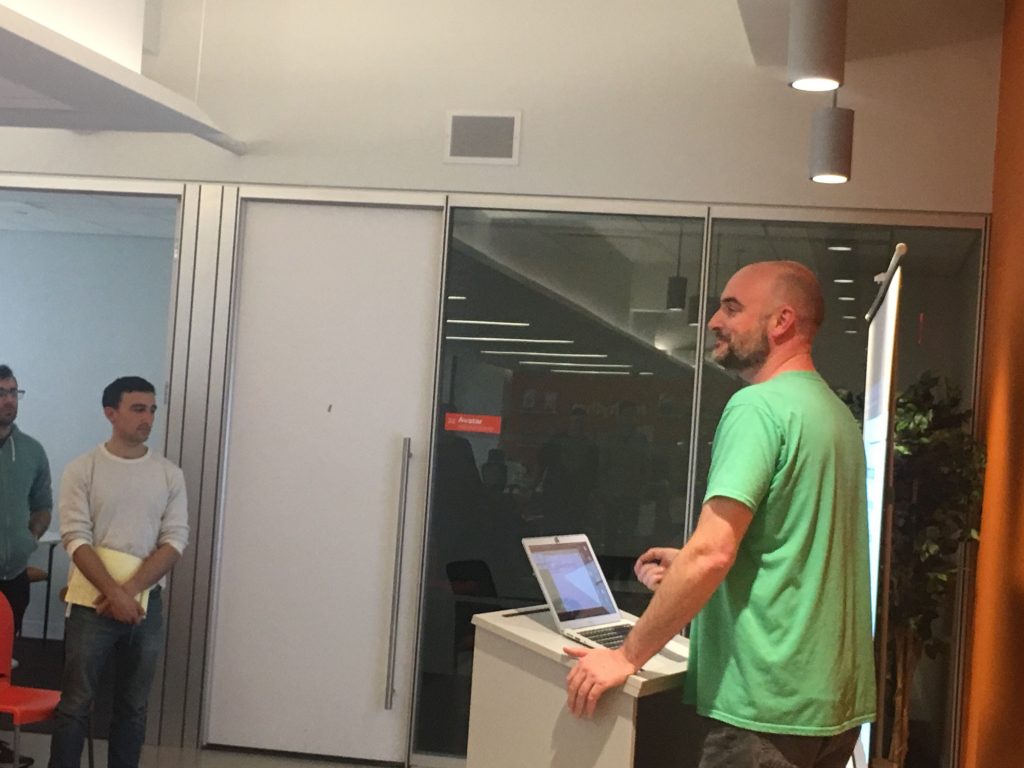
October 22nd: Agile Craftsman in a Living Lab
For more than 15 years, InRhythm has been in the business of practicing agile methodology, building high velocity teams and accelerating product development through a combination of staffing solutions, processes and tools. We’re agile craftsmen, constantly learning, testing new ideas and sharing what we’ve learned or developed with our partners. In essence, we are a living lab for agile best practices.
Going forward, our Learning & Growth newsletter and InRhythm blog will highlight agile values and principles through examples to demonstrate how we are putting each of the values and principles into action. As agile craftsmen, it is imperative that we assess every process and method with a lens designed to identify inefficiencies. When recognized, these opportunities for improvement must be raised and discussed as a team to uncover ways to address the inefficiencies.
Within our own walls at InRhythm, we analyze processes to learn why they work – and why they don’t. Learning by doing is often the best form of instruction. Agile craftsmen must recognize that there is the potential to fail and “feel the fear but do it anyway” in the words of Coach Jeffers.
Our practice leads scrutinize each effort at each partner and bring back new ideas and best practices. Internally, we test these new concepts, practice implementing and executing them then review what we did with a lens on how to make it better. By first testing new ideas ourselves, we can assure our partners that we are bringing vetted concepts forward to make their high velocity teams even stronger. As a living lab of agile craftsmen, we cannot be afraid to pivot.
Inherent in our success is learning, learning through observation, application and implementation. What doesn’t work within our own walls is unlikely to work at a partner site. Recognizing the difference between an agile concept that has the potential to be beneficial once artfully defined and practiced versus a concept that is flawed in its conception and will never work despite excellent execution can only be done through trial and error.
A hallmark of agile product development and of high velocity teams is failing fast. However, in order to fail, you first need to try. Wayne Gretzky, a hockey legend, masterfully articulated this his popularized quotation, “You miss 100% of the shots you don’t take.”
Over the weeks and months ahead, we look forward to sharing some of our “experiments” as agile craftsmen practicing new concepts to make the available to you and our partners.
I’m interested to learn how have you been able to apply internal learnings to your business success, and create your own living lab? Share your thoughts with @GetInRhythm or on the InRhythmU blog.
Thanks and Keep Growing,
Gunjan Doshi
CEO, InRhythm
What We’re Reading Around the Web
What is Agile Testing?
Guru99
“Agile Testing can begin at the start of the project with continuous integration between development and testing.”
Engineering Higher Quality Through Agile Testing
Atlassian
“Project owners face an unwelcome choice: delay the release, or skimp on testing. (I’ll give you one guess as to which option wins 99% of the time.)”W
Agile Testing, Principles & Advantages
ReQtest
“Agile testing not only facilitates the early detection of defects but also reduces the cost of bugs by fixing them early.”
Agile Methodology: The Complete Guide to Understanding Agile Testing
RTricentis
“This frequency has forced testers to shift when they conduct testing, how they work with developers and BAs and even what tests they conduct, all while maintaining quality standards.”





